In a remote corner of the Earth, thick coal seams stretch like a black ocean, silently narrating stories from hundreds of millions of years ago. However, its formation has always been a mystery.
Scientists have long explored the origins of coal, striving to find answers, and only recently have their efforts begun to yield significant results.
Researchers have discovered that these thick coal seams actually have a shocking origin, a grand narrative about the evolutionary process of the Earth and the origins of life.
Causes of Coal Formation: Plant Remains Accumulated Over Millions of Years and the Transformation of the Earth’s Crust
The formation of coal began hundreds of millions of years ago during the Carboniferous period, when lush vegetation thrived on Earth. When these plants died, their remains accumulated in lakes, rivers, and swamps. Over time, these plant remnants built up layer upon layer, forming a large amount of organic matter.
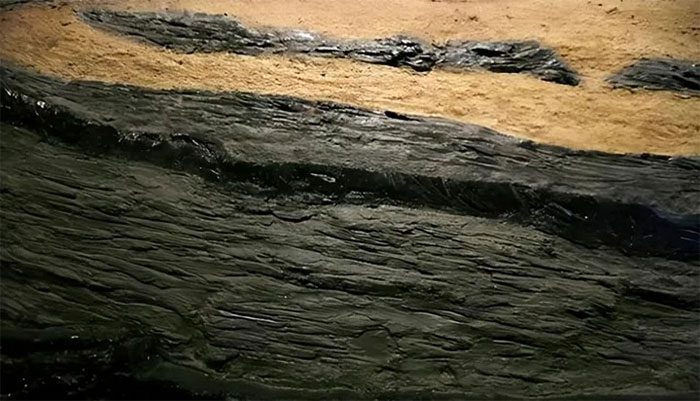
As an important fossil fuel, coal is formed from the accumulation of plant debris over millions of years and changes in the Earth’s crust. (Photo: Allthatsinteresting).
As the Earth’s crust changed, these organic materials underwent chemical transformations under the influence of pressure and temperature. The changes in the crust included geological movements, collisions of tectonic plates, and tectonic changes on Earth, leading to the compression and uplift of strata. Due to high pressure and temperature, organic matter gradually transformed into coal.
The process of coal formation can be divided into three main stages: the peat stage, the lignite stage, and the anthracite stage.
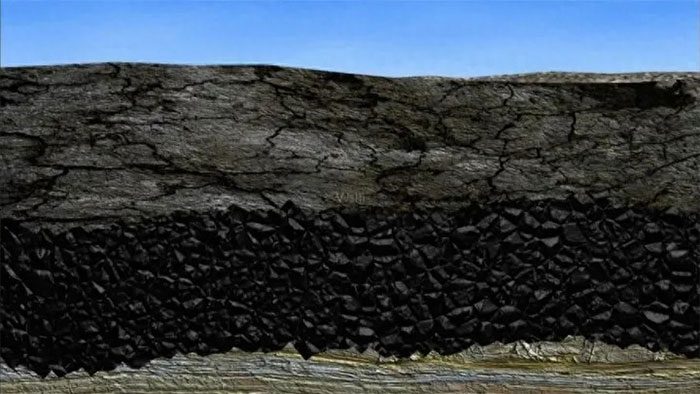
In the peat stage, plant remains are covered by sediments from lakes or rivers and undergo decomposition and compression. The product formed at this stage is high-moisture, soft peat. (Photo: ZME).
Processes of Coal Formation: Plant Growth, Decomposition, and Burial
Hundreds of millions of years ago, lush vegetation and forests covered the Earth. Various types of plants, such as trees and herbs, absorbed sunlight and synthesized nutrients through photosynthesis. During this process, plants absorbed carbon dioxide from the atmosphere and transformed it into organic matter, including cellulose, lignin, etc. These organic compounds are the main components of plants.
When plants die, they gradually decompose. In the absence of external oxygen, the remains of plants are decomposed by microorganisms in moist environments such as swamps or lakes. These microorganisms convert the organic material of plants into simpler and more stable substances like humus and peat. Humus is a type of organic-rich soil beneficial for crop growth. Peat is a transitional stage in the coal production process.
When plant remains are covered by swamp or lake sediments, they become buried underground. Over time, the buried plant remains are gradually affected by pressure and temperature underground. During this process, water and inorganic components of the plant debris are gradually compressed and expelled, leaving behind coal rocks with a high organic content.
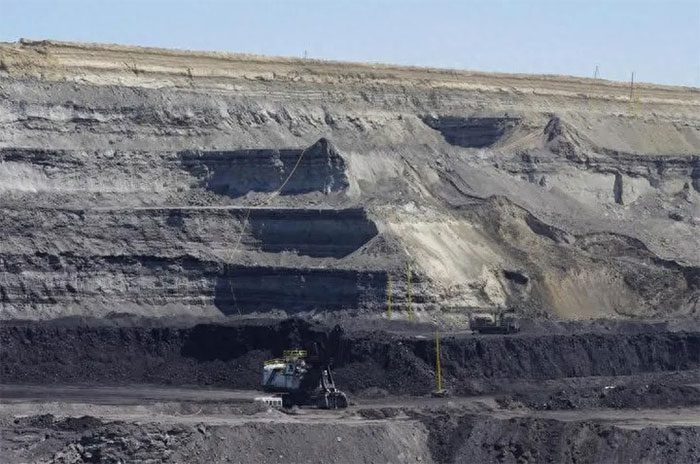
In the lignite stage, through deeper cover and increased pressure, peat gradually transforms into lignite containing fixed carbon and less moisture. It has a more uniform texture but is still relatively soft. (Photo: Zhihu).
As geological conditions change, coal continues to be buried deeper and subjected to higher temperatures and pressures. These factors promote chemical reactions of organic material in coal to create coal. Depending on the degree of degradation and different compositions, coal can be classified into various types, such as lignite, bituminous coal, anthracite, etc.
Characteristics of Coal Formation: High Calorific Value, Flammability, and Rich in Organic Matter
Coal is a common fossil fuel, characterized by a high calorific value, flammability, and richness in organic matter. It is formed from ancient plant remains on Earth through long geological processes, primarily involving the decomposition and compression of plants.
The high calorific value of coal is one of its most important characteristics. The organic matter in coal exists in the form of plant remains; after millions of years of evolution and pressure, the carbon content in coal continually increases, resulting in a higher calorific value. The high calorific value of coal makes it a highly efficient fuel, capable of providing large amounts of energy and widely used in industrial production and residential heating.
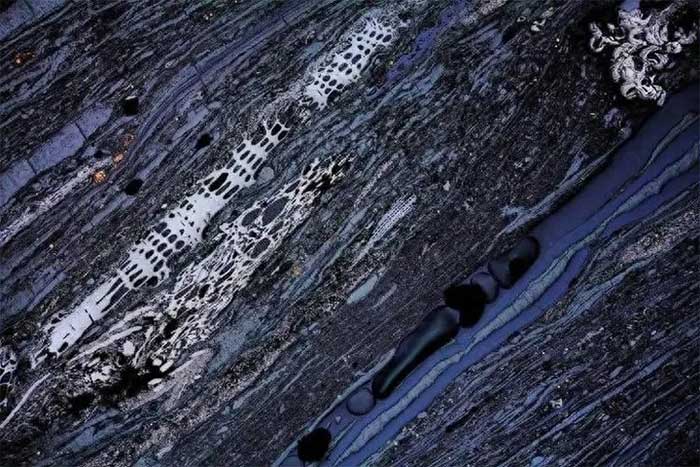
The anthracite stage is the final stage of coal formation. At this stage, under the influence of deeper cover and high pressure, lignite gradually transforms into anthracite with a dense structure and extremely high carbon content. Anthracite has high combustion performance and calorific value and is one of the most commonly used types of coal. (Photo: Sina)
Since coal is rich in carbon, the combination of carbon and oxygen generates a large amount of thermal energy while releasing water vapor and carbon dioxide. The energy released from this combustion process can be used to generate electricity or directly produce energy for industrial production and residential heating. The flammable nature of coal also makes it a convenient energy source.
Coal is very rich in organic matter, meaning it contains a wealth of biological plant information. The remains of ancient plants on Earth formed coal through geological processes, and the organic matter embedded in these remains contains a significant amount of information about the cellular structure and plant tissues. Therefore, coal can provide valuable insights into the history and biological evolutionary processes of the Earth, helping scientists better understand the evolutionary processes of the Earth.
Despite its high thermal output, flammability, and richness in organic matter, coal also presents several issues. Burning coal generates a large amount of carbon dioxide and other harmful gases, polluting the environment and exacerbating global climate change. Furthermore, the extraction and burning processes themselves can negatively impact the environment and geological health.
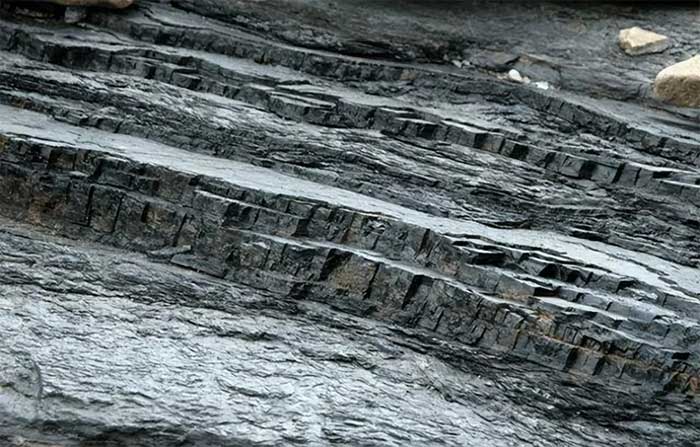
The flammable nature of coal makes it an ideal fuel. (Photo: Zhihu).


















































